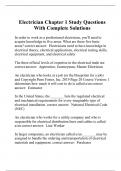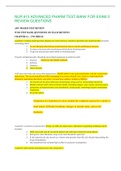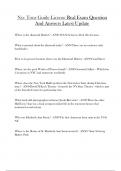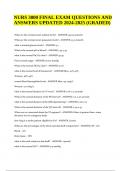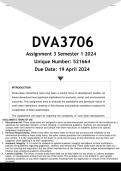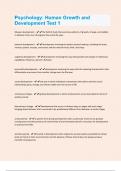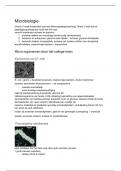Summary
Samenvatting Slides en Lesnotities Bankmanagement (F710402B;Ugent;2023)
- Module
- Institution
This document is a summary of the slides and (very few, because not really necessary) course notes for the Bank Management course, given by M. Lamers. The summary is in English. For the recap lesson, only the extra slides were added; pure repetition was omitted. Guest lecture not included.
[Show more]




